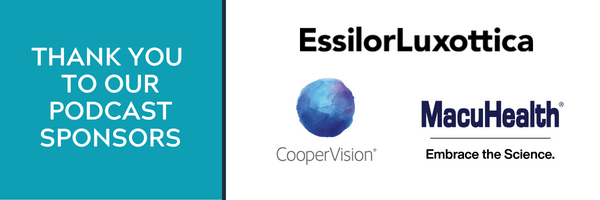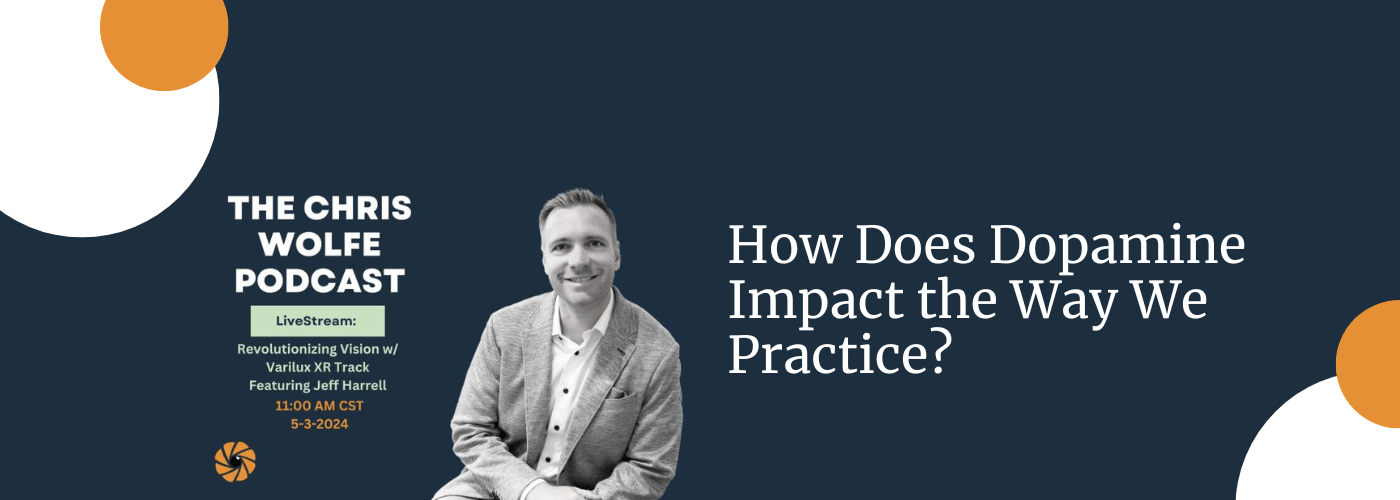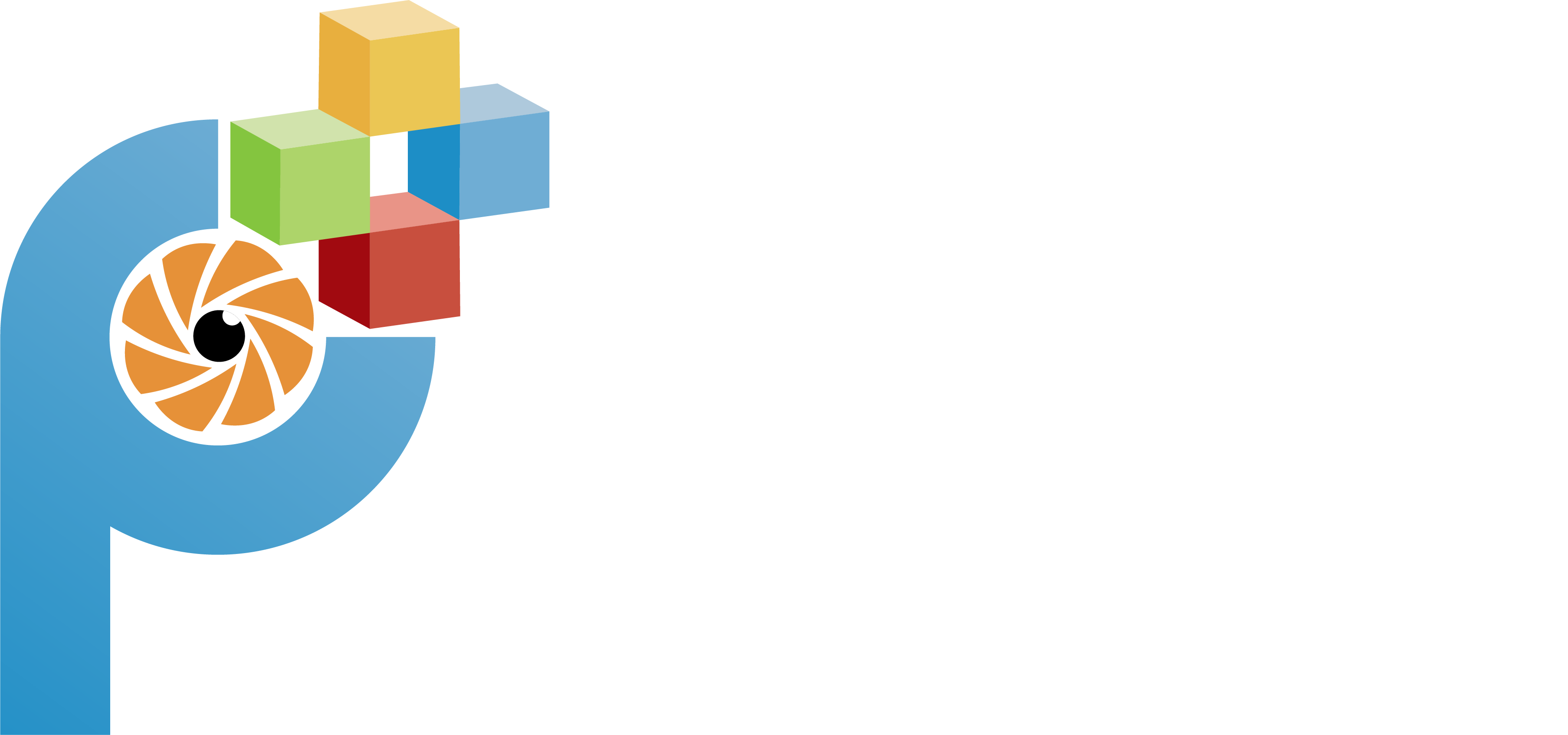

In the world of healthcare and optometry, understanding the neurological mechanisms that influence our decision-making process can give practitioners valuable insights into how they approach patient care and business decisions. A prime example of this is dopamine—a neurotransmitter often associated with reward, pleasure, and motivation. In this post, we’ll explore how dopamine impacts the decisions optometrists make in their practices, particularly when it comes to balancing routine services like selling glasses and contact lenses, with medical care such as managing chronic eye diseases.
Dopamine’s Role in Reward and Pleasure
Dopamine plays a significant role in how we perceive pleasure and reward. It is the neurotransmitter responsible for releasing feelings of satisfaction when we complete tasks or achieve goals. In healthcare settings, particularly optometry, this can translate into the way we feel when we provide certain types of care or perform specific services. For example, routine services like eye exams and selling eyewear provide instant gratification through immediate financial rewards. The dopamine "hit" is quick and tangible, as payments for glasses or lenses are often deposited in the bank the same day or shortly thereafter.
However, when it comes to providing medical services, such as managing chronic diseases, the dopamine reward is often delayed. Payment for these services can take weeks to process, leading to a delay in financial reward. This delay affects how we perceive the value of these services. The absence of an immediate reward can lead some practitioners to favor routine services over medical care, despite the fact that both types of services are vital to comprehensive patient care.
The Balance Between Routine and Medical Services
In an optometry practice, a balance must be struck between offering routine services (like selling eyewear) and providing medical care (such as managing chronic diseases like glaucoma or macular degeneration). From a financial perspective, it’s easy to see why practitioners may feel more drawn to routine services. The payments for routine services are typically quicker and more immediate, giving a sense of instant reward and security.
For example, if a practice sees 20 patients a day and sells glasses to nine of them, the revenue could be around $3,446 based on average metrics. That amount is often deposited into the practice’s bank account within a couple of days. In contrast, if those same 20 patients were all seen for medical reasons, the practice might only receive about $1,400 in copays, with the rest of the payment trickling in over the next two to four weeks.
The Perception of Value: Medical Services vs. Routine Services
It’s important for optometrists to recognize that while routine services may provide a quicker financial reward, the value of medical services is just as significant in the long run. When you account for delayed payments from insurance companies, copays, and reimbursements, the revenue generated from medical care often balances out over time with routine services.
Take, for instance, a practice that provides routine services for nine out of 20 patients and focuses on selling eyewear. This practice may generate around $3,800 in revenue. Meanwhile, a practice that focuses solely on medical services might generate about $3,100 in revenue after reimbursements are processed. While the immediate reward of routine services may seem more attractive, the overall financial difference between the two types of care is minimal when viewed over a longer period.
This realization is critical because it allows optometrists to focus on patient care without being overly concerned about potential revenue differences between routine and medical services. The key takeaway here is that both types of services are equally valuable, both in terms of patient outcomes and financial sustainability.
The Dopamine Dilemma: Immediate vs. Delayed Gratification
The challenge for many practitioners lies in the difference between immediate and delayed gratification. In today’s fast-paced world, where we’ve become accustomed to instant results (thanks to technology, social media, and other factors), the delayed reward of medical services can be hard to appreciate. This is where understanding dopamine’s role can help optometrists manage their expectations and recognize the long-term value of providing comprehensive care.
When routine services bring immediate financial gains, they trigger an instant dopamine release, giving a quick sense of satisfaction. On the other hand, medical services often provide a more delayed dopamine response, which may lead some practitioners to undervalue these essential services. Being aware of this can help optometrists manage their expectations, allowing them to provide the best possible care to patients without being overly influenced by short-term financial considerations.
Moving Forward: Embracing Comprehensive Care
At the end of the day, the goal of every optometrist should be to provide the best care possible for their patients, whether that care is routine or medical. Understanding the impact of dopamine on decision-making can help practitioners avoid the trap of favoring one type of service over another solely based on financial reward.
The best approach, as highlighted by EyeCode Media and Comprehensive Optometry Simplified, is to embrace both routine and medical services as integral parts of patient care. By doing so, practitioners can ensure that they are providing holistic care while maintaining a financially viable practice. Moreover, being aware of the dopamine triggers in both types of services can help optometrists make more conscious, patient-centered decisions that lead to better outcomes for both the practice and the patients.
Conclusion: Understanding Dopamine to Improve Practice Management
Incorporating an understanding of dopamine and its role in pleasure and reward can greatly improve how optometrists manage their practices. By recognizing the subconscious pull towards services that provide immediate financial rewards, practitioners can make more informed decisions about the care they provide. Both routine and medical services are crucial to a well-rounded optometry practice, and understanding how dopamine influences our perceptions can help practitioners strike the right balance.
Ultimately, whether providing routine or medical care, the focus should always be on what’s best for the patient. When optometrists keep this goal in mind, they can ensure that their practices remain both financially successful and patient-centered.
If you're interested in being a part of an online community with on-demand courses to help optometrists increase medical management and medical insurance utilization to grow their practice, check it out our Comprehesnive Optometry Simplifiend Bundle!

